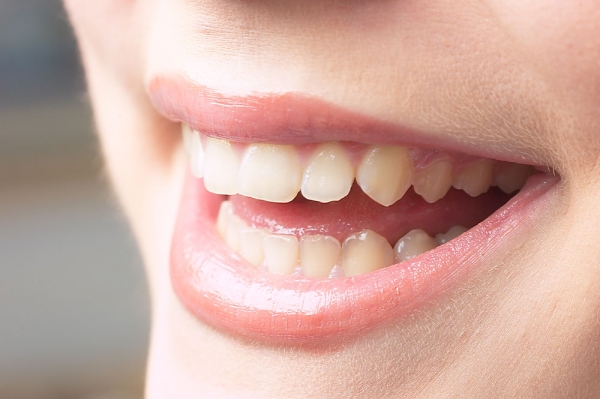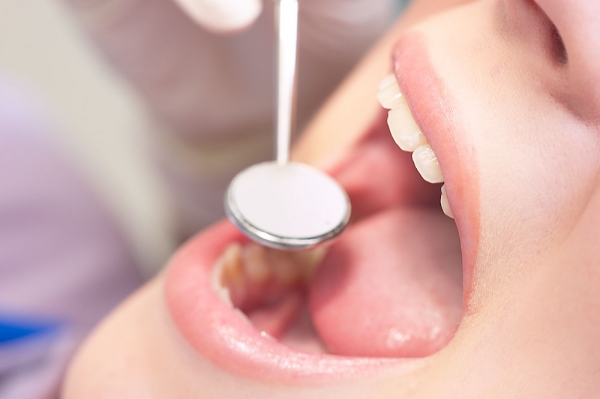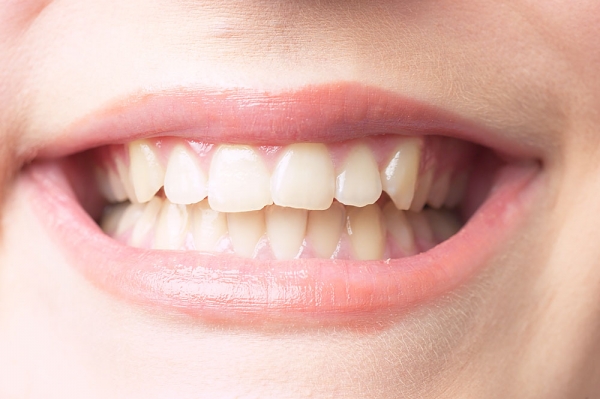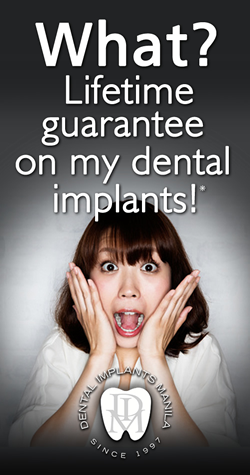Cosmetic Dentistry
If you have stained, broken or uneven teeth, cosmetic dentistry can help. Cosmetic dentistry is different from orthodontic treatment, which can straighten your teeth with braces or other devices.
Cosmetic dental procedures include:
Bleaching
 Bleaching is a common and popular chemical process used to whiten teeth. Some people get their teeth bleached to make stains disappear, while other just want a whiter shade.
Bleaching is a common and popular chemical process used to whiten teeth. Some people get their teeth bleached to make stains disappear, while other just want a whiter shade.
Discoloration occurs in the enamel and can be caused by medication, coffee, tea and cigarettes. Discoloration also can be hereditary or due simply to getting older.
Bleaching can be performed by your dentist in the office or, under dental supervision, at home. Many patients enjoy bleaching at home because it is more convenient. Treatment begins when your dentist creates a custom mouthpiece to ensure the correct amount of whitening solution is used and that your teeth are properly exposed. Typically, whitening at home takes two to four weeks, depending on the desired shade you wish to achieve. Whitening in the office may call for one or more 45-minute to one-hour visits to your dentist’s office.
Bonding
 Bonding is tooth-colored material used to fill in gaps or change the color of teeth. Requiring a single office visit, bonding lasts several years. Bonding is more susceptible to staining or chipping than other forms of restoration. When teeth are chipped or slightly decayed, bonded composite resins may be the material of choice. Bonding also is used as a tooth-colored filling for small cavities. Additionally, it can be used to close spaces between teeth or cover the entire outside surface of a tooth to change its color and shape.
Bonding is tooth-colored material used to fill in gaps or change the color of teeth. Requiring a single office visit, bonding lasts several years. Bonding is more susceptible to staining or chipping than other forms of restoration. When teeth are chipped or slightly decayed, bonded composite resins may be the material of choice. Bonding also is used as a tooth-colored filling for small cavities. Additionally, it can be used to close spaces between teeth or cover the entire outside surface of a tooth to change its color and shape.
Crowns
Crowns, also known as caps, cover a tooth to restore it to its normal shape and appearance. Due to their cost, they are used in cases where other procedures will not be effective. Crowns have the longest life expectancy of all cosmetic restorations, but are the most time-consuming.
Veneers
 Veneers are thin pieces of porcelain or plastic placed over the front teeth to change the color or shape of your teeth. Veneers are used on teeth with uneven surfaces or are chipped, discolored, oddly shaped, unevenly spaced or crooked. Little or no anesthesia is needed. Veneers are used to treat some of the same problems as bonding.
Veneers are thin pieces of porcelain or plastic placed over the front teeth to change the color or shape of your teeth. Veneers are used on teeth with uneven surfaces or are chipped, discolored, oddly shaped, unevenly spaced or crooked. Little or no anesthesia is needed. Veneers are used to treat some of the same problems as bonding.
This treatment is an alternative to crowns, which are more expensive. The procedure requires your dentist to take an impression of your tooth. Before the custom-made veneer is cemented directly onto the tooth, your dentist will lightly buff the tooth to compensate for the added thickness of the veneer. Once the cement is between the veneer and your tooth, a light beam is used to harden it. Porcelain veneers require more than one visit because they are fabricated in a laboratory. Veneers have a longer life expectancy and color stability than bonding.
Contouring and reshaping
Tooth reshaping and contouring, is a procedure to correct crooked teeth, chipped or irregularly shaped teeth or even overlapping teeth in a single session. Tooth reshaping and contouring, is commonly used to alter the length, shape or position of your teeth. Contouring teeth may also help correct small problems with bite. It is common for bonding to be combined with tooth reshaping.
This procedure is ideal for candidates with normal, healthy teeth but who want subtle changes to their smile. Your dentist will take X-rays to evaluate the size and location of the pulp of each tooth to ensure that there’s enough bone between the teeth to support them.






